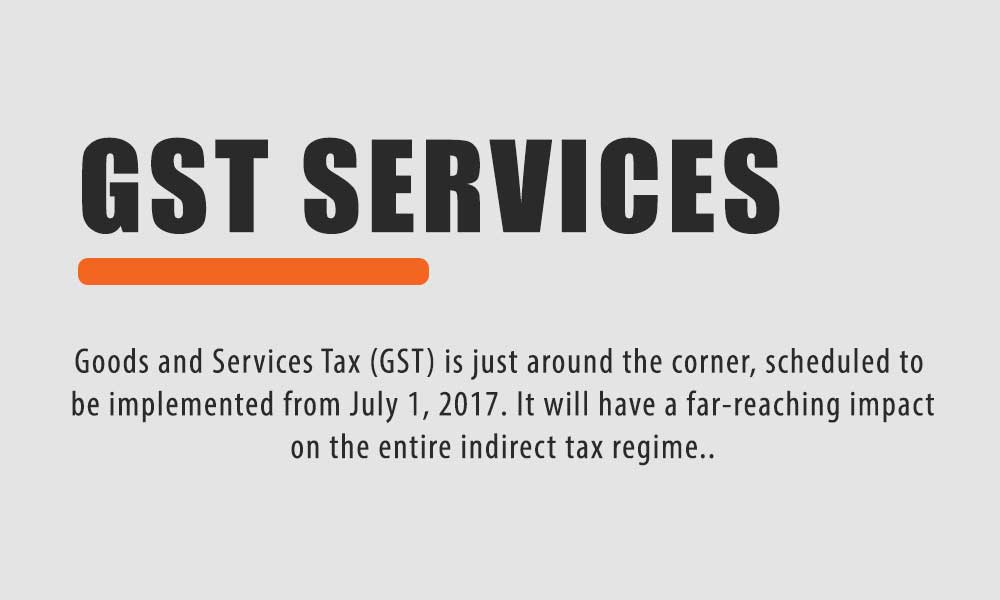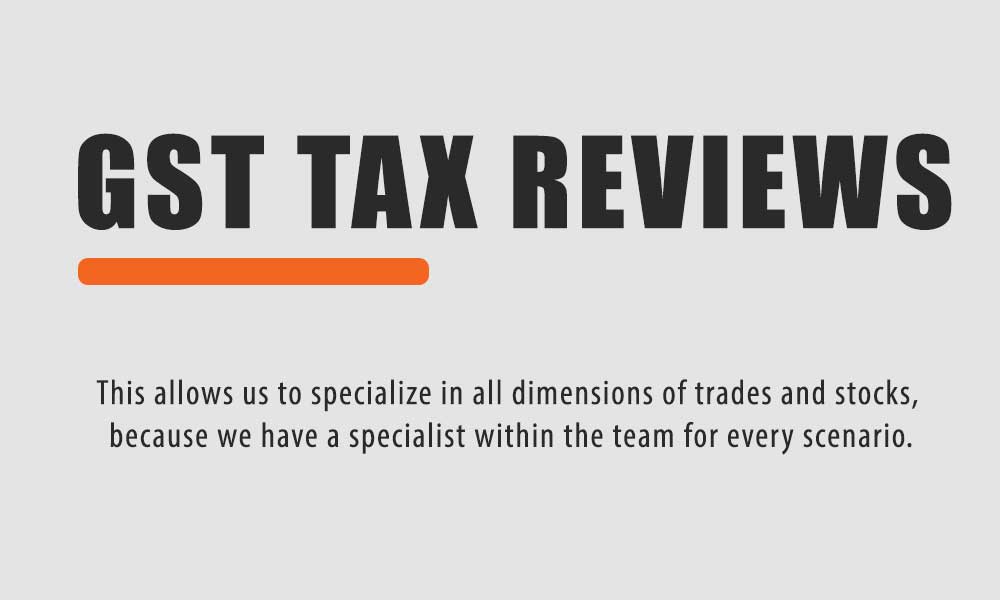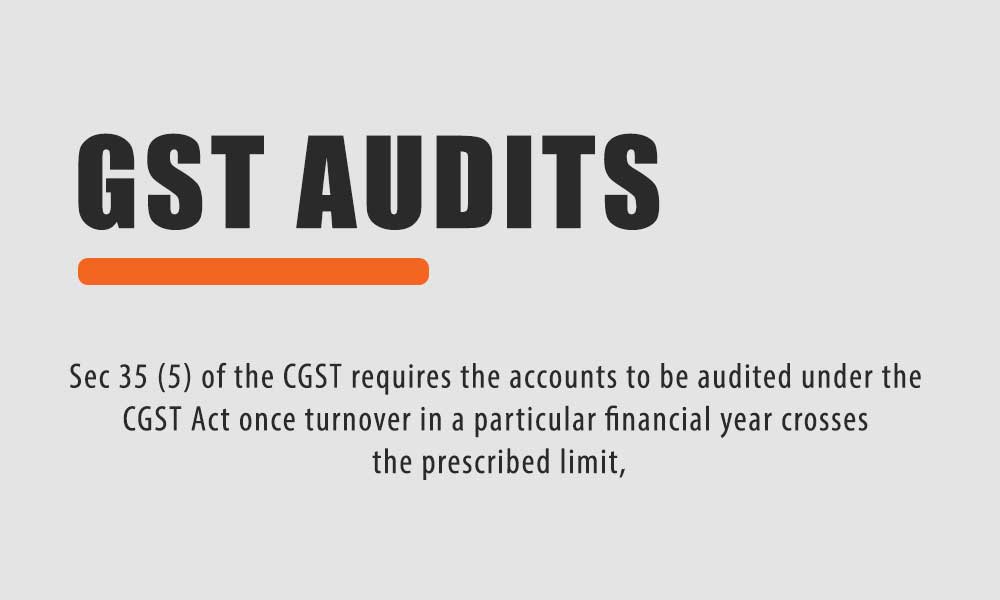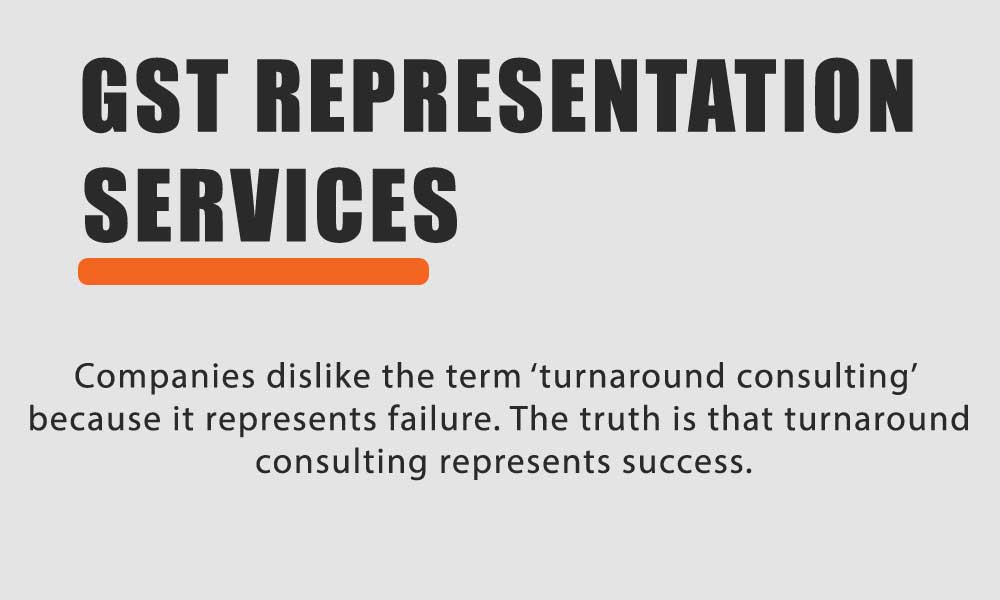Implication of GST on e-Commerce Sellers
- November 5, 2017
- Posted by: A S Akruwala
- Category: GST

The Goods and Services Tax (GST) is the single biggest reform in India’s indirect tax structure since the liberalization of the economy in 1991. Through this reform, the government has integrated the previously disparate segments of the Indian economy and has truly begun the process of creating one market for the entire nation. The idea of a single tax on the supply of goods and services, from manufacturing to delivery to the final consumer, has eliminated the need for sellers to register with multiple tax platforms and file multiple tax returns.
GST is going to have a major impact on e-commerce in the country. Apart from consumers, this trade segment has two key players: the e-commerce marketplaces and the sellers. While e-commerce marketplaces such as Flipkart and Amazon are required to make necessary adjustments to their operations, it is the impact on e-commerce sellers, represented by the thousands of retailers that sell through the marketplace that requires intense scrutiny. Through this blog, we assess the impact of GST on e-commerce sellers and the steps such businesses need to take to ensure regular compliance.
GST-induced taxation changes for e-commerce sellers
Presently, GST appears to be an assortment of compliance guidelines. The enhanced regulatory requirements might take a seller’s focus away from operations for some time. However, GST as a single tax for products across India will be beneficial for all e-commerce sellers in the long run because of the aspect of transparency in trade brought forth by this new indirect tax reform. Let’s discuss the impact of GST on an online seller’s operations:
1. Increased reach of e-commerce sellers: GST has opened avenues for small and medium sized e-commerce sellers to compete with larger enterprises at a national level. Previously, these sellers were limited to operating within the confines of one state due to the looming tax rates of trading across multiple states. By unifying the taxation, e-sellers need not be burdened by multiple taxes while selling to consumers across various states.
2. Compulsory registration required: The government has specified a turnover threshold of Rs 20 lakh for registration under GST. This has been relaxed to Rs 10 lakh for north-eastern states. However, for e-commerce sellers, registration is mandatory, irrespective of whether they fall below the turnover slab of Rs 20 lakh or not. Removal of the threshold for registration will help bring more online businesses into the sphere of taxation.
3. Ineligible for Composition Scheme: E-commerce sellers are not eligible for the Composition Scheme either. The Composition Scheme permits businesses with a turnover of under Rs 75 lakh to file quarterly returns instead of monthly and pay tax at a low rate of 2%. Although this might seem to be a disadvantage for e-commerce sellers, the number of documents required to file for the Composition Scheme is relatively higher, reducing the burden of document collation on the seller.
4. Tax collected at source (TCS): E-commerce marketplaces are required to deduct 2% TCS on the net value of sales as the GST liability of the seller and deposit it with the government. Further, the sales reported by both the e-commerce marketplace as well as the seller need to tally at the end of each month. Discrepancies, if any, will be added to the turnover of the seller and they will be liable to pay GST on the additional amount. This measure will weed out fraudulent sellers and shall subsequently build trust between marketplaces and sellers.
5. Filing of tax returns: The e-commerce sellers need to follow the same process that is followed by brick-and-mortar retailers. Form GSTR-1, containing details of outward supplies, needs to be submitted by the 10th of every month. The seller will receive Form GSTR-2A by the 11th of the same month, which contains details of the tax collected by the e-commerce marketplace. They then need to review and submit Form GSTR-2 by the 15th of the month. Discrepancies in supplies are to be submitted through Form GST ITC-1 by the 21st of the same month. This would require businesses to be particular about tallying data coming from different sources before filing returns. Taking the help of a professional GST services provider in meeting compliance has become a requisite in light of these regulations.
6. Increase in Credit: The GST law has established ‘input tax credit’ to cover goods or services used by a company in the course of business. E-commerce sellers need to establish a direct relationship between the input material and the final product/service is eliminated. Much like other registered entities under GST, e-commerce sellers too can now avail input credit.
7. Refunds under cash on delivery: Consumers extensively opt for ‘cash on delivery’ in India and such sales witness return of orders to the tune of 18%. The reconciliation process for refunds takes around 7-10 days. Initially, there might be confusion around generating refunds for cancelled orders where taxes have already been filed.
The impact of GST on logistics and warehousing
With the Government having done away with multiple layers of tax, GST is bound to reduce costs incurred in e-commerce logistics. This reduction, according to some estimates, could be as high as 20%. Also, with state-level taxes being subsumed under GST, e-commerce platforms can reduce warehousing costs as they need not maintain huge warehouses across multiple locations in India. Such warehouses were earlier operating below their rated capacities, adding to inefficiencies and the selling price of products. Now, e-commerce marketplaces can opt for maintaining a few warehouses at strategic locations. These well-maintained logistics hubs will be able to attract FDI inflows and lead to an increase in overall efficiency in operations. With the free movement of goods and services and a uniform tax rate across states, e-commerce sellers will be free to transport across different locations in India.
The implementation of GST stands to benefit e-commerce sellers, as due to the elimination of entry taxes and faster movement of goods vehicles across states, the last mile delivery costs will come down. This benefit can be passed on to customers. Also, e-commerce marketplaces are now free to source goods from SMEs across India and not just limit themselves to local players across states. They were compelled to do this earlier to save costs on heavy inter-state taxation. Such a move will give impetus to the SME sector in India and foster healthy competition among SMEs, thereby improving the quality of products and services available in India.
Conclusion
There is no doubt that e-commerce will be subject to increased tax compliance and subsequently increased costs. However, in the long run, GST should level the playing field for e-commerce sellers, thereby streamlining their operations and setting the tone for increased business growth
Visit our blog to read more engaging content on GST.





































